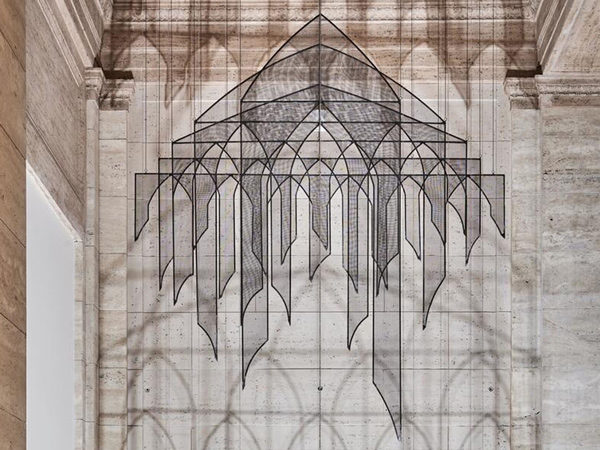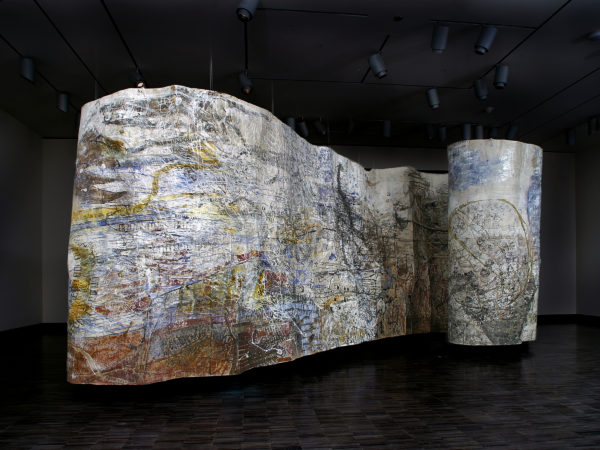Activity
Bone, Flesh, Skin: The Making of Japanese Lacquer
In all lacquer objects, regardless of when they were produced, a resinous sap coating preserves the core material and allows for decoration. The material for lacquering is extracted from lacquer trees (Toxicodendron vernicifluum; formerly Rhus verniciflua), which is the same genus as poison oak. The sap is collected by cutting the bark of the tree and scraping off the thick liquid in a manner similar to that used in obtaining latex from rubber trees. The highly toxic properties of this medium limit its use to specially trained, highly skilled artisans. The basic core materials for lacquerware are wood, bamboo, and animal hides; however, lacquer can be applied to any surface as long as it can accept a primary coat of liquid lacquer, clay powder, and water mixture.
Lacquer must harden in a humid atmosphere, a process better described as “curing” than “drying.” One thin coat hardens overnight in a controlled atmosphere of 25–30 degrees Celsius (77–86 degrees Fahrenheit) and 75–85 percent relative humidity. Between each application, the lacquered surface must be polished. The artisan uses buffing materials that graduate from abrasive materials, such as charcoal, to softer media, such as a fingertip, used in the final polishing stages. After preparing the perfect surface, lacquerwares can be decorated with sprinkled gold or silver and inlaid mother-of-pearl and other materials. Producing a plain lacquered surface with a simple decoration is a lengthy, tedious, and often precarious process, since any mistake could ruin the whole piece.







